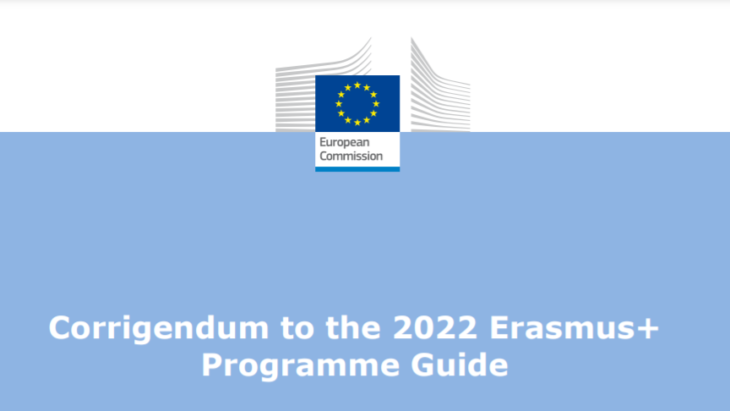In a globalized scenario where interculturality represents the added value of a society with an international dimension, the school world is increasingly showing the need to modernize and internationalize itself to offer its students a European-wide training that responds to the challenges imposed by an increasingly competitive labor market.
The growing and rapid evolution of the world of work, as well as of society in general, requires, in fact, the development of increasingly specific and transversal skills to be acquired through quality education and a professional training system capable of guaranteeing high levels of qualification.
A school that renews itself, in a shared and sustained European context at national level, is the strategic goal that the European Union has imposed on training and education organizations in all European countries.
For this reason, in recent years, the entire school system has opened its doors to internationalization, favoring the European dimension of learning in formal and non-formal contexts, for a policy of social integration in respect of diversity and for a employment policy aimed at the international market.
Internationalizing schools means opening up to the world, building its own identity by creating a network of relationships that enhances diversity.
A challenge therefore, but also an opportunity to be seized to guarantee today’s students, adults aware of the Europe of the future, a training offer in line with the changing world, which allows them to develop a more conscious vision of their own identity, also thanks to the comparison with others.
Internationalization, therefore, not only as a strategy to confer value in the labor market, but also as a personal value for individual citizens, an added value for the entire society.
In the perspective of a growing internationalization of the school, student mobility has acquired an ever greater centrality, both for its value of personal training, and for the importance it can play in the acquisition of useful skills in the “society based on knowledge”.
The internationalization process was, in fact, characterized by an increase in partnership projects and study and training experiences abroad which made the phenomenon of student mobility an integral part of the education and training paths in the new globalized world.
Willingness to participate in projects of international scope and commitment to invest the resources of one’s school in activities that encourage relations with European schools and that implement projects aimed at improving knowledge of cultures and foreign languages are the key elements.
Internationalizing schools means, therefore, knowing the opportunities that Europe offers and developing a long-term strategy that incorporates international activities in the organization of normal educational activities. Having a clear internationalization strategy is fundamental, in fact, to support and direct the activities correctly, bringing value to the entire school system.
To achieve an effective and efficient international strategic action, however, it is necessary first of all:
– analyze the operating environment and its
development trends;
– define the mission, ie justify one’s own existence by highlighting one’s role
in the activity;
– identify skills;
– outline your own values.
Having defined these elements, it’s necessary to illustrate:
• your vision of the future, that is, what one wants to become in a future perspective;
• the objectives, in relation to the desired future perspective;
• the actions to be taken to achieve these objectives.
The main tool for outlining how the strategy will be implemented is called the Action Plan and aims to transform the objectives into operations aimed at improving the quality of the project and the results.
Opening up to internationalization is therefore the challenge to which the school of the future has to respond



















